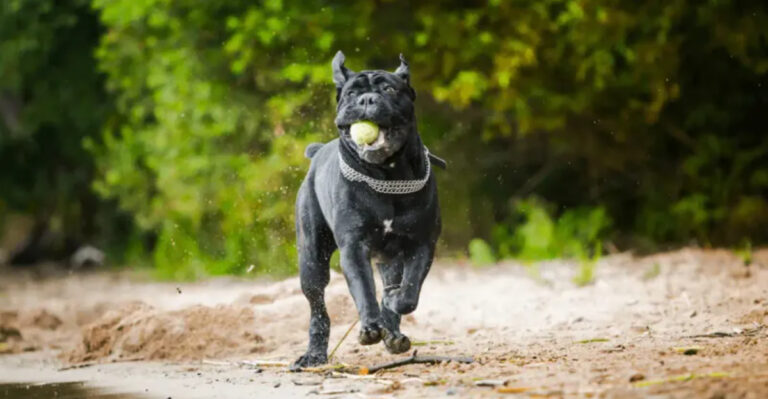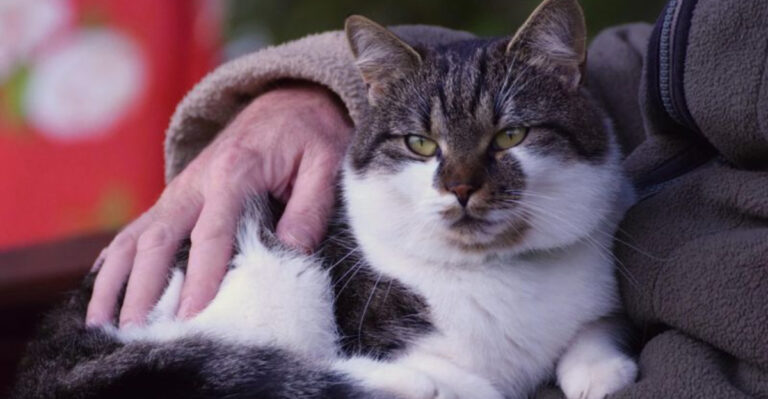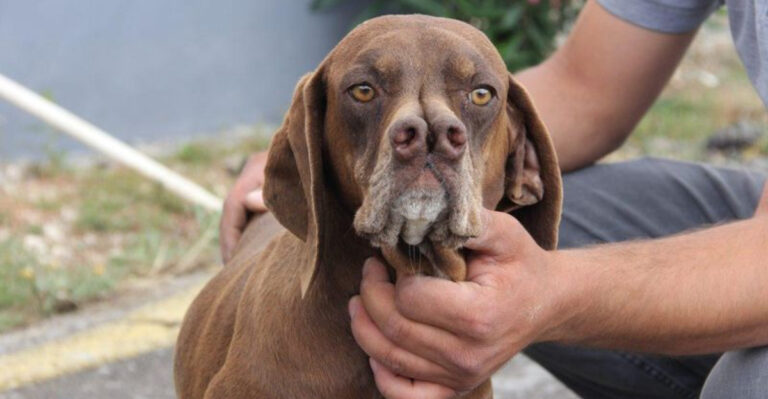Nature’s Comeback As Tasmanian Devils Are Born In The Wild
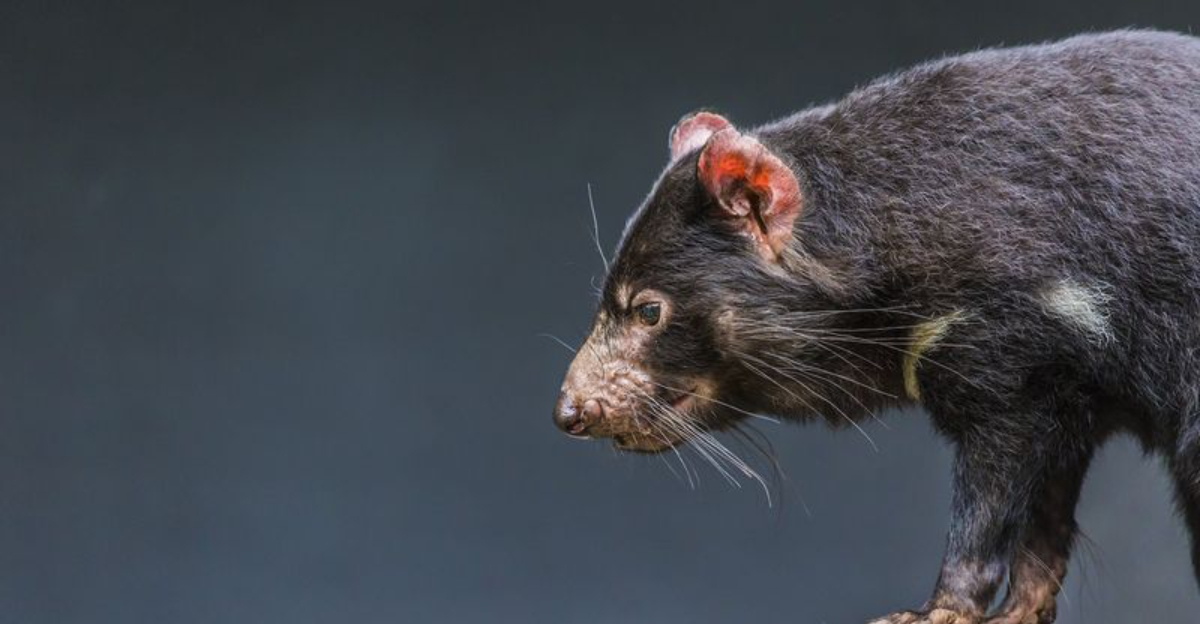
After facing near extinction, Tasmanian devils are making an incredible comeback. These iconic marsupials, with their distinctive black fur and bone-chilling screams, have been battling a deadly facial tumor disease since the 1990s.
Now, for the first time in years, baby devils are being born in the wild, giving new hope to conservationists worldwide.
The Fight For Survival Of The Tasmanian Devil
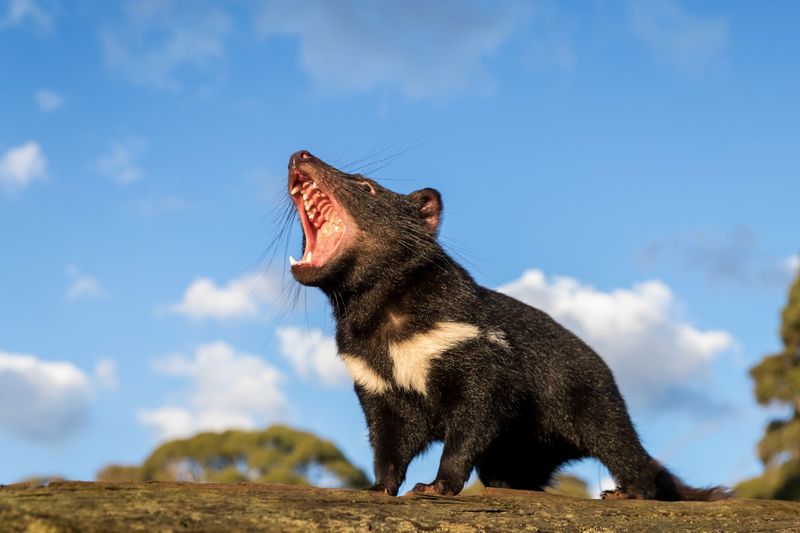
Back in the 1990s, these fierce little marsupials were thriving across Tasmania with a population of around 150,000. Then disaster struck. Their numbers plummeted by nearly 90% in just two decades.
Scientists watched in horror as a mysterious disease spread like wildfire through devil populations. Many thought we might lose these unique creatures forever, but a determined coalition of researchers, conservationists, and government officials refused to give up.
How Disease Nearly Erased The Tasmanian Devil Population

Devil Facial Tumor Disease (DFTD) shocked scientists when first discovered in 1996. Unlike most cancers, this one spreads through biting – something devils do frequently during feeding and mating.
The cancer causes grotesque facial tumors that prevent eating, eventually leading to starvation. What makes DFTD particularly devastating is its near 100% fatality rate once contracted, creating a conservation emergency unlike anything seen before.
The Role Of Captive Breeding In Saving The Species
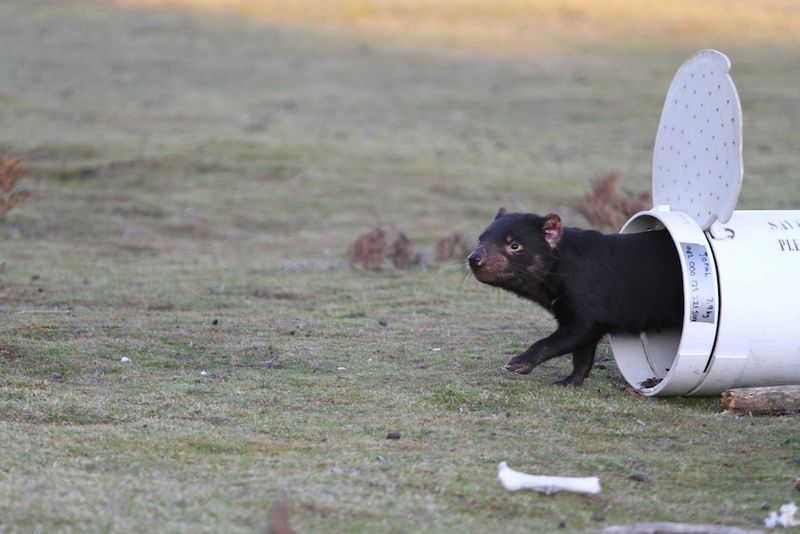
When wild populations crashed, conservation teams created an insurance population of healthy devils in zoos and wildlife sanctuaries. These captive-breeding programs became modern-day arks for the species.
Careful genetic matching ensured maximum diversity among offspring. The strategy worked brilliantly – by 2021, over 700 healthy devils were living in captivity, creating a genetic reservoir that would eventually help repopulate Tasmania’s wilderness.
Tasmanian Devils’ Return To The Wild
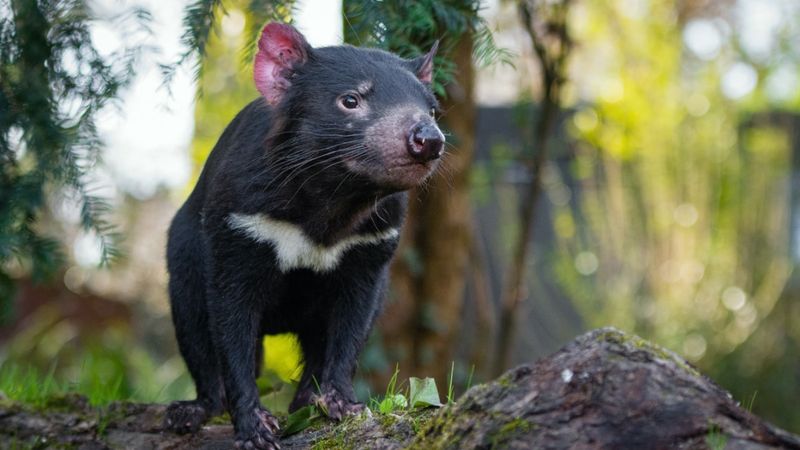
After years of careful planning, conservationists began reintroducing captive-bred devils to select wild locations. Each release site was chosen based on habitat quality, food availability, and distance from diseased populations.
Radio collars helped scientists track the newly released devils’ movements and survival rates. Against incredible odds, these reintroduced devils not only survived but began establishing territories and – most importantly – successfully breeding in their natural habitat.
The Significance Of Wild-Born Tasmanian Devils For The Future
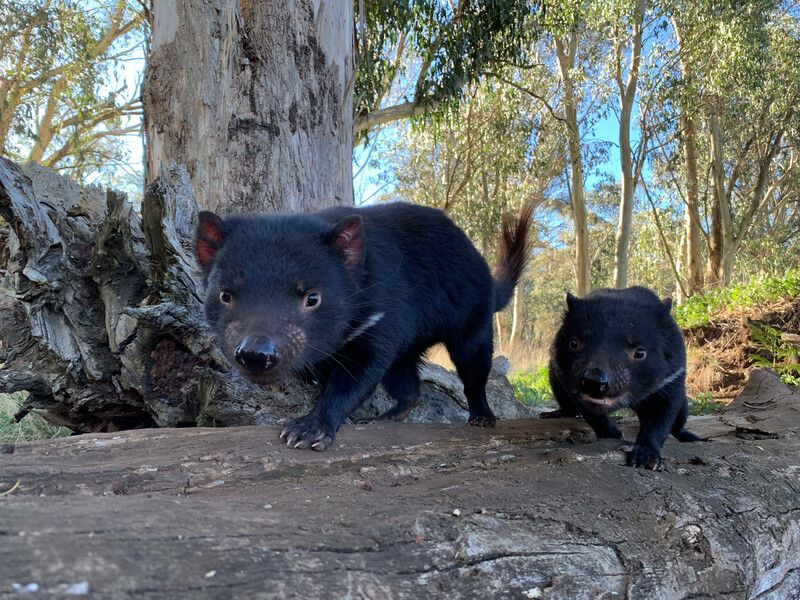
The birth of wild joeys represents a turning point in devil conservation. These babies, born to reintroduced parents, prove the program’s success beyond laboratory settings.
Wild-born devils typically develop stronger survival skills than their captive-raised counterparts. They learn natural foraging behaviors from their mothers and develop appropriate responses to predators and environmental challenges. Each new generation becomes increasingly adapted to wild living, strengthening the population’s resilience.
Tasmanian Devils And Their Role In The Ecosystem
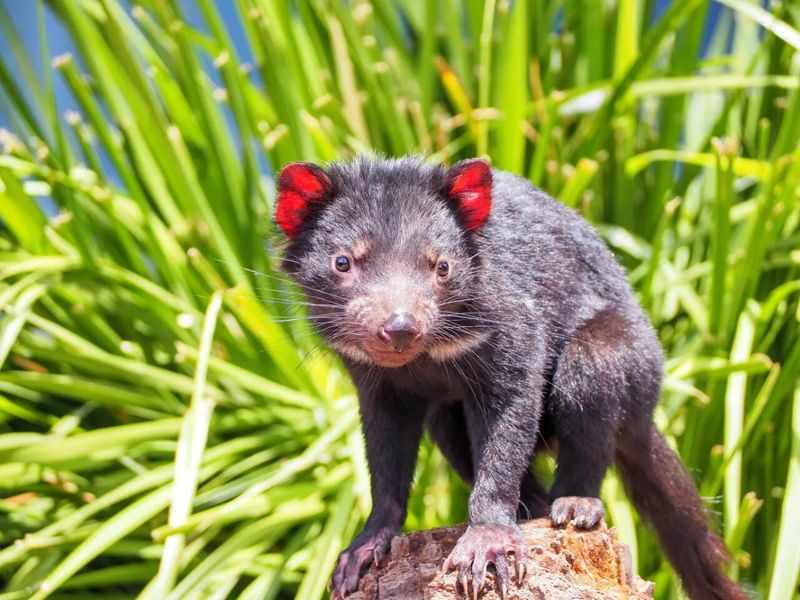
As Australia’s largest surviving carnivorous marsupial, devils keep ecosystems in balance by controlling populations of smaller predators like feral cats and foxes. Their scavenging habits also clean up carrion that might otherwise spread disease.
When devil populations crashed, researchers observed concerning ecological changes. Invasive predator numbers increased, threatening native wildlife. The return of devils to their natural role as Tasmania’s cleanup crew marks a significant step toward restoring ecological balance.
How Habitat Restoration Is Helping Tasmanian Devils Thrive
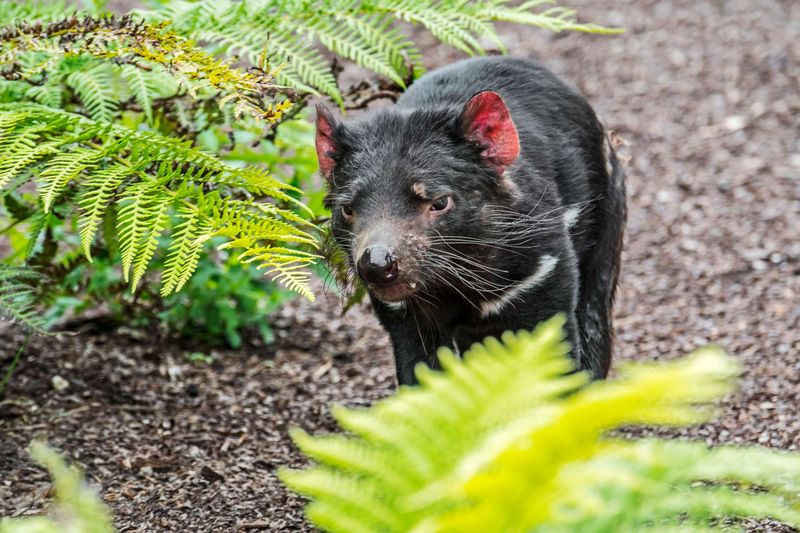
Alongside breeding programs, conservationists have focused on protecting and restoring devil habitats. Healthy forests provide crucial den sites where female devils can safely raise their young.
Conservation groups have purchased key land parcels to create wildlife corridors connecting isolated devil populations. Local communities have embraced these efforts, with farmers installing devil-friendly fencing and motorists driving more cautiously in known devil areas to reduce roadkill – a significant threat to the recovering population.
The Success Of Disease Management In Protecting Tasmanian Devils
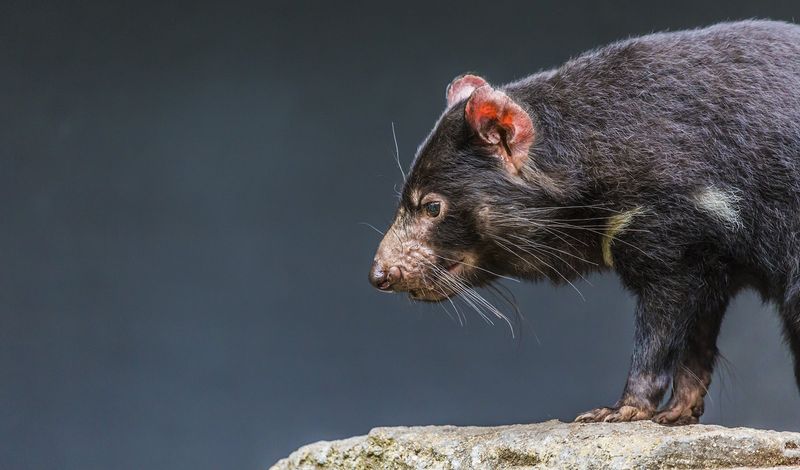
Scientists have made remarkable progress understanding DFTD and developing management strategies. Genetic research identified devils with natural resistance to the disease, and these individuals became priority breeders in conservation programs.
New vaccines show promising results in laboratory settings. Meanwhile, isolation strategies have created disease-free areas where healthy devils can thrive. This multi-pronged approach has transformed what once seemed like an inevitable extinction into a story of potential recovery.
What The Birth Of Wild Tasmanian Devils Means For Conservation Efforts
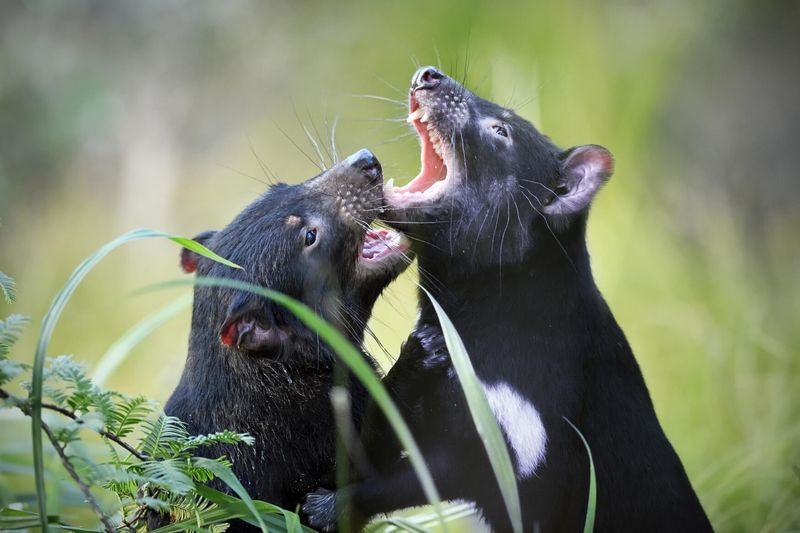
Every wild-born joey represents hope for this iconic species. Recent surveys show population stabilization in several regions – a dramatic turnaround from the continuous declines of previous decades.
The devil’s recovery demonstrates how dedicated conservation can reverse seemingly hopeless situations. This success story provides a blueprint for saving other endangered species worldwide. Conservation groups now apply lessons from the devil program to help other threatened Australian wildlife like the eastern quoll and orange-bellied parrot.
The Challenges Of Reintroducing Tasmanian Devils To The Wild
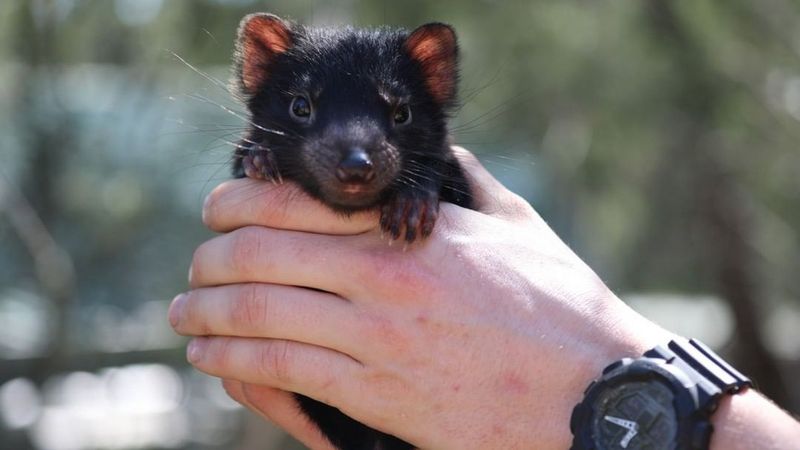
Reintroduction isn’t as simple as opening cages. Captive-bred devils must learn survival skills like hunting and avoiding dangers without human help.
Some released devils struggle with finding food or establishing territories. Others fall victim to roadkill or predators before reproducing. Despite these challenges, success rates improve with each release as conservationists refine their methods, adjusting release timing and providing temporary supplemental feeding to boost survival odds.

